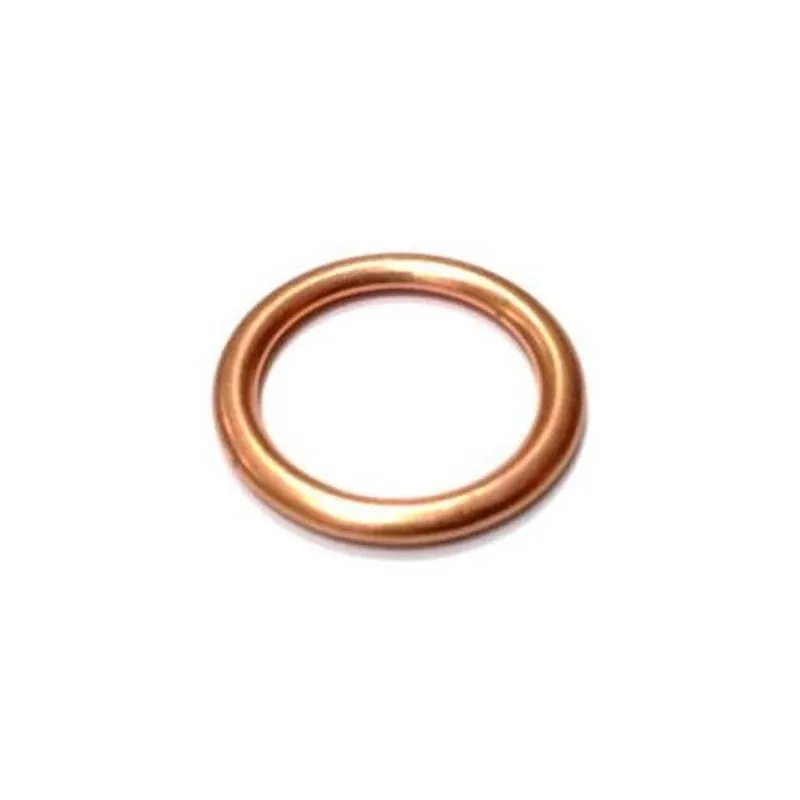Understanding the Importance of Axle Differential Seals in Vehicle Performance and Longevity
Understanding Axle Differential Seals Importance, Function, and Maintenance
The axle differential seal is a crucial component in any vehicle's drivetrain system, ensuring the effective and efficient operation of the differential. The differential itself plays a significant role in facilitating smooth vehicle movement, allowing the wheels to rotate at different speeds, particularly when turning. Given this context, understanding the importance, function, and maintenance of axle differential seals is essential for any vehicle owner or automotive enthusiast.
Importance of Axle Differential Seals
Axle differential seals serve as barriers that prevent lubricant from leaking out of the differential housing while also keeping dirt, debris, and moisture from entering. This integrity is crucial as differential fluid serves to lubricate the gears and minimize friction, promoting smooth operation. If the differential seal fails, it can lead to several significant issues, including
1. Fluid Leaks A compromised seal will result in lubricant leakage, which not only reduces the efficiency of the differential but can also lead to severe mechanical failures due to insufficient lubrication. 2. Contamination Entry of dirt and moisture through a damaged seal can contaminate the differential fluid. Contaminated oil can negatively affect the gears and bearings, leading to accelerated wear and potential failure.
3. Increased Repair Costs Ignoring seal failures can lead to catastrophic damage within the differential, resulting in expensive repairs or even the need for complete differential replacement.
Function of Axle Differential Seals
The primary role of the axle differential seal is to maintain the integrity of the differential's internal environment
. It ensures that the lubricant remains where it should be—inside the differential casing—while preventing external elements from causing undue harm.axle differential seal

Seals are typically constructed from durable materials such as rubber or silicone, designed to withstand high pressure, varying temperatures, and resistance to chemical degradation from the lubricant. The design of these seals often includes a belly ring, a spring-loaded lip, or a specially shaped configuration to ensure a snug fit within the housing.
Maintenance of Axle Differential Seals
To ensure the longevity and effectiveness of axle differential seals, regular maintenance is essential. Here are several key practices
1. Routine Inspections Regularly check for signs of fluid leaks or any unusual noises coming from the differential, which might indicate that seals are failing.
2. Fluid Change Intervals Following the manufacturer’s recommendations for differential fluid change intervals is crucial. Old or contaminated fluid should be replaced promptly to prevent potential damage.
3. Proper Installation If replacing differential seals, ensure they are installed correctly to avoid leaks. It may be a good idea to have a professional technician handle this to guarantee a proper fit.
4. Environmental Protection If the vehicle is frequently exposed to harsh conditions, such as off-road driving or extreme weather, additional vigilance may be required. The integrity of seals may be compromised under such conditions, necessitating more frequent checks.
In conclusion, axle differential seals are integral to the performance and longevity of a vehicle’s drivetrain system. By recognizing their importance, understanding their function, and implementing a thorough maintenance routine, vehicle owners can safeguard their differential systems against preventable issues, associated repair costs, and ensure smooth and reliable operation on the road. Whether it's through routine inspections or timely replacements, being proactive about axle differential seals can go a long way in maintaining vehicle performance.
-
The Ultimate Guide to Boat Propeller Bearings and Trailer Wheel Bearings
News Jul.31,2025
-
The Essential Guide to Marine Bearings and Boat Trailer Wheel Bearings
News Jul.31,2025
-
The Complete Guide to Heavy Duty Seals: Protecting Doors and Spaces Efficiently
News Jul.31,2025
-
Essential Guide to Marine Shaft Bearings and Boat Trailer Axle Bearings
News Jul.31,2025
-
Comprehensive Guide to Marine and Trailer Bearings for Safe Boating and Transport
News Jul.31,2025
-
Comprehensive Guide to Automotive Oil Seals: Protecting Your Engine and Shafts
News Jul.31,2025
-
Understanding Automotive Oil Seals: Essential Components for Engine and Shaft Protection
News Jul.30,2025
Products categories















